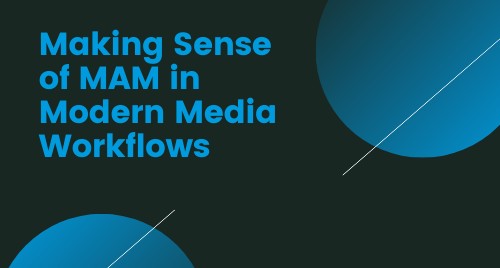By Scott Matics, senior director of product management at Telestream
Once a broadcaster or facility deploys shared storage, the organization of media can take on a life of its own and get out of hand. In this scenario, most MAM suppliers would say that you need a MAM, but at Telestream we say that users need best practices and workflow efficiencies first whether they end up using a MAM or not. Vantage helps establish these best practices and workflow efficiencies. Mainly, this involves the systemization of metadata to identify files and handle the versioning and “varibleization” of content as it flows through the system (using variables to tag content rather than file names). However, MAM systems are much better at tracking content, that is what they bring to the table.
But, can the complexity and expense of a MAM system be avoided altogether by using Vantage to make sure processed media ends up in the right place every time? Vantage is not a replacement for a MAM system. MAM systems organize content, allow for it to be searched with many criteria, provide editing in some cases, and also handle files changes when multiple people are working on the same files.
However, while a MAM system certainly has a role to play, it’s not for everyone and they really need Vantage to orchestrate workflows and “manage” media files. For smaller customers who do not need the facilities listed above, they can work efficiently with Vantage and its Media Manager application on every desktop. However, if a customer handles thousands of pieces of content a day, it is hard to escape the need for a MAM.
To conclude, it is worth highlighting that broadcast technology can simultaneously assist creativity and provide the ability to scale. MAM systems provide the customer with complete control of their content – both in live production workflows and archives. The integration of an intelligent workflow automation platform, such as Vantage, amplifies these benefits and enables best-case working practices to be implemented across a media facility, thereby further increasing efficiency and productivity.
This article was originally published in TVB Europe 75 July/August 2020

